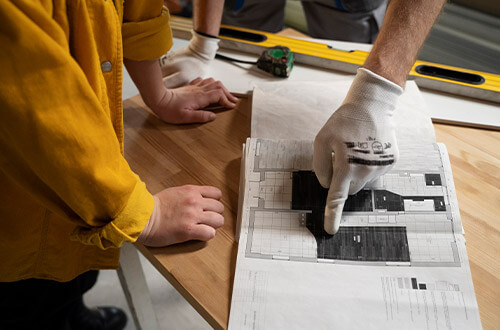Lean Construction is an approach aimed at productive efficiency and waste reduction through the understanding, stabilization, and rhythm of production processes. Originating in post-World War II Japan by Taiichi Ohno, a Toyota engineer, the Lean philosophy seeks to reduce costs and waste, promoting a mindset of doing more with less. Initially applied in the automotive industry, the methodology has evolved into various sectors.
In Civil Construction, the person responsible for introducing the philosophy, Lauri Koskela, established 11 principles for Lean Construction:
1. Reduce non-value-added activities
2. Increase the product's value by considering the customer's needs
3. Reduce variability
4. Reduce production cycle time
5. Simplify by reducing the number of steps or parts
6. Increase product output flexibility
7. Increase process transparency
8. Focus on controlling the entire process
9. Introduce continuous improvement in the process
10. Maintain a balance between improvements in flows and conversions
11. Perform benchmarking (best-in-class references)
Using these principles in the execution of projects makes it possible to adopt immediate corrective measures
avoiding impacts on the planning. In the post-project phase, they serve as feedback for the project and labor teams, helping to identify gaps in employees' skills and knowledge so that procedures can be adjusted in new projects.



